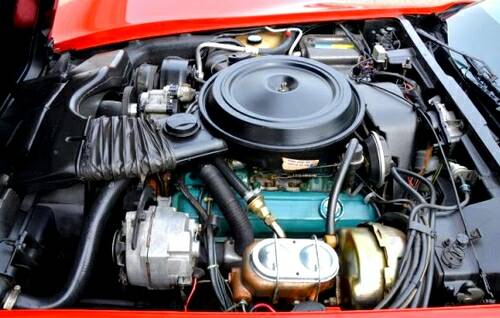When already stringent emissions standards are further exacerbated by the state of California’s unfathomably-strict environmental mandates, a stifling set of circumstances are posed for the majority of the nation’s automotive manufacturers. This was the reality faced by those hoping to market performance vehicles of any make and model, on the west coast, during the late 1970s and early 1980s.
General Motors was not immune to this hardship and found itself facing a critical question of sorts. Should the industry giant forgo the sale of Corvettes in California during the 1980 model year, or attempt to rectify a troubling situation. In the end, buyers in California would indeed be able to purchase a Corvette in 1980, albeit with a variation of the same engine that was offered in Chevrolet’s passenger cars of that era, the 305 cubic-inch V8.
No Subscription? You’re missing out
Get immediate ad-free access to all our premium content.
Get Started



